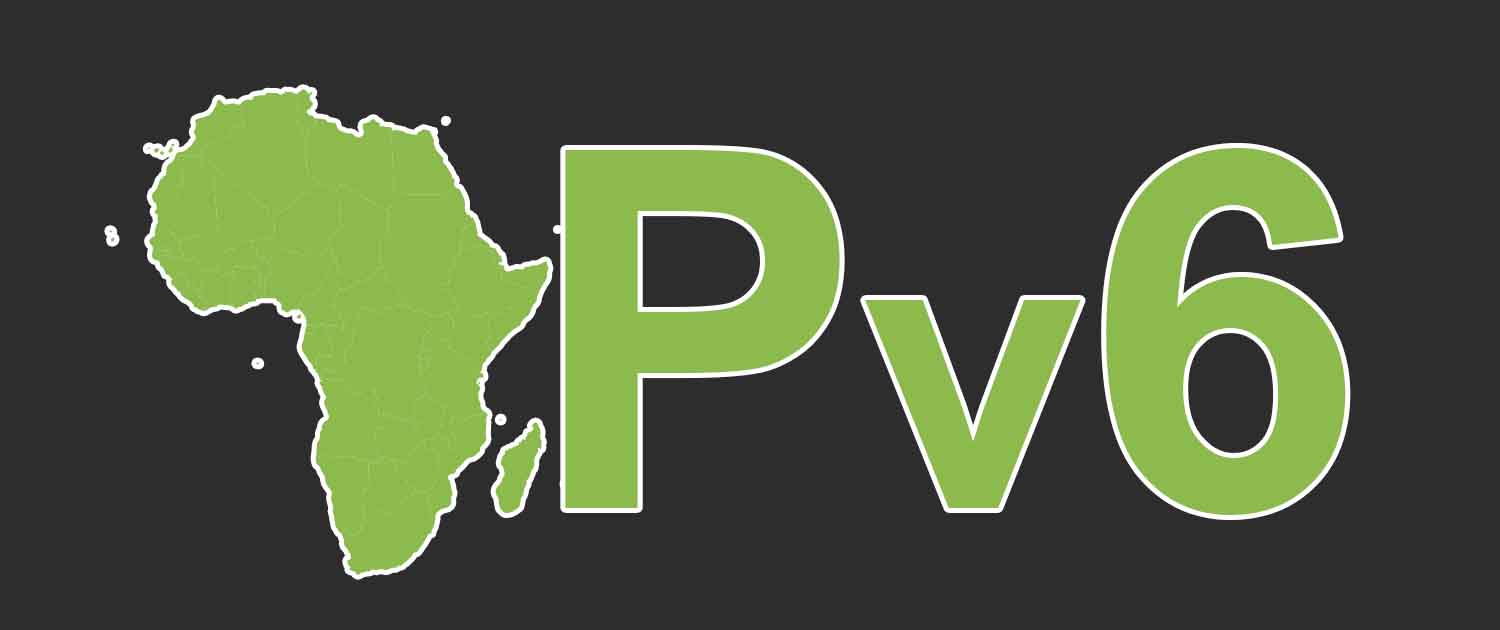- Since 2011, we’ve seen steady growth in IPv6 adoption, now at over 40% globally.
- While Africa lags behind other regions, several countries have been making significant progress in transitioning to IPv6.
- The uptake of Starlink in several countries has been a catalyst for IPv6 adoption in some countries.
Thirteen years ago, on 6 June 2012, we celebrated World IPv6 Launch. Organized by the Internet Society, the event built upon the success of World IPv6 Day, which was held in 2011 and represented a significant milestone in the global deployment of IPv6.
Triggered by IPv4 exhaustion, World IPv6 Launch saw top websites, Internet Service Providers (ISPs), and home networking equipment manufacturers commit to the most significant transition in the Internet’s history.
Every device connected to the Internet needs a unique number. IPv4 addresses are 32-bit numbers, meaning just over four billion addresses are available. When the Internet began, this pool of around four billion IPv4 addresses seemed adequate, but as the commercial Internet began to grow, it became clear that more addresses would be required to ensure that it could scale.
The IETF developed IPv6 to solve this problem. With 128-bit numbers, the IPv6 pool of addresses contains roughly 340 trillion trillion trillion unique IP addresses. This pool will ensure that the Internet can continue to evolve and that the next billion unconnected users can take advantage of the social and economic benefits that the Internet brings.
Since 2011, we’ve seen steady growth in IPv6 adoption, now at over 40% globally.
The Americas are leading deployment, with 43% IPv6 deployment, closely followed by Asia, with 40%. Oceania and Europe have 29% and 33% IPv6 deployment, respectively.
Making Progress in Africa
While networks in Africa have been slow to deploy IPv6 (currently 4% across the continent), the transition has started to gain traction over the past 18 months.
Four African nations—Gabon, the Republic of Congo, Senegal, and Togo—have over 20% IPv6 deployment, higher than many European countries, including Italy (16%) and Spain (11%).
Many other African nations have made tremendous progress with their deployments over the last few years. For example, at the start of 2024, Angola had 0% of users accessing content over IPv6 but now boasts 12%.

This is largely due to Unitel (AS37119), Angola’s largest mobile operator. It has ramped up IPv6 deployment and infrastructure improvements across the country, paving the way for the country’s IPv6-enabled Internet to really take off.
Kenya also jumped from 5% to 18% in the same time frame.

Kenya has always been among the most proactive African nations in deploying new technologies. Safaricom (AS33771), the country’s largest operator, was the first mobile operator in Africa to open its network for IPv6 testing in 2012.
Similarly, Senegal doubled the number of users accessing content over IPv6, from 11% at the start of 2024 to 22% by the end of May 2025.

Sonatel (AS8346) was an early IPv6 adopter. It received its first IPv6 prefix from AFRINIC back in 2006 and quickly began deploying IPv6 across its networks. With an 80% market share, Sonatel’s proactive IPv6 policies and market dominance have facilitated IPv6 use across the country, including in the academic, government, and enterprise sectors.
Tunisia also increased the number of users accessing the Internet over IPv6 by 11%, from 5% at the start of 2024 to 16% at the end of May 2025.

Recognizing the importance of IPv6 as a key component to secure social and economic growth, the government established an IPv6 task force in 2021 and officially mandated the transition to IPv6 deployment. This accelerated awareness of the need for IPv6 adoption and culminated in the official IPv6 launch in September 2023, propelling the number of users accessing the Internet over IPv6 from 0 to 16% in less than two years.
Check the Pulse County Reports to see where your country stands on IPv6 Adoption, Market Competition, and many more indicators.
The Starlink Effect
In African countries where Starlink is available, we can also see a noticeable impact on IPv6 deployment.
When Starlink launched in South Sudan in July 2024, no users accessed content using IPv6. Fast-forward to May 2025, and less than a year later, 12% of users now access content over IPv6.

Several other countries jumped from zero users accessing the Internet over IPv6 after Starlink began operations, including Niger (0 > 5%), Botswana (0 > 3%), and Liberia (0 > 2%).
While Starlink has a low market share in most African countries, its entry into the market disrupted the traditional ISP model, prompting incumbents to prioritize infrastructure improvements to remain competitive. And, of course, Starlink’s satellite and ground infrastructure natively support IPv6 routing from end to end.
Looking Ahead
Ensuring that networks are IPv6-capable leads to a more inclusive and scalable Internet that can reduce latency and improve application performance.
Africa must embrace IPv6 to stay connected and shape its own digital future. We are seeing a slow but steady increase, with ISPs playing a critical role in driving deployment.
More ISPs across the continent must commit to ensuring that infrastructure and hardware are IPv6-enabled and compatible. Governments must also ensure that licensing, infrastructure procurement, and market conditions support IPv6 deployment to safeguard the scalability and sustainability of the Internet.
We’ll revisit these statistics on World IPv6 Day 2026 to see what’s changed. For now, happy World IPv6 Day!


